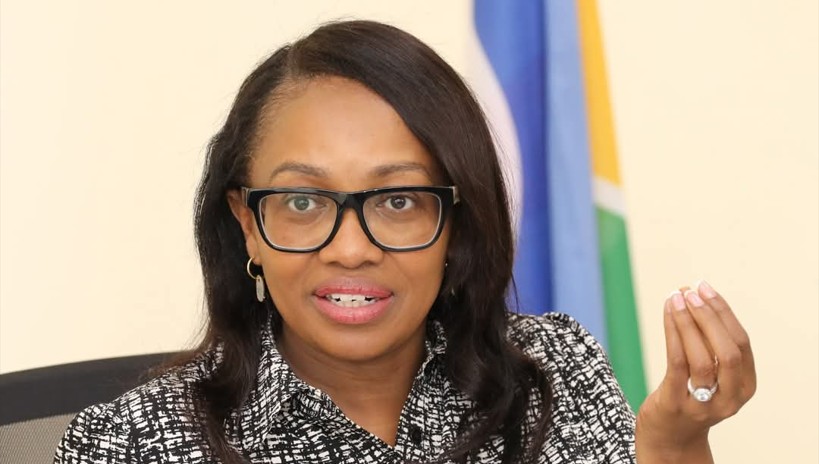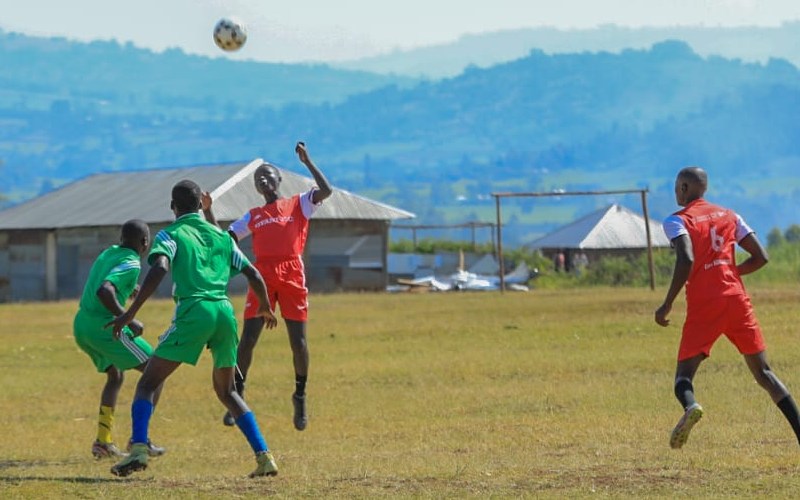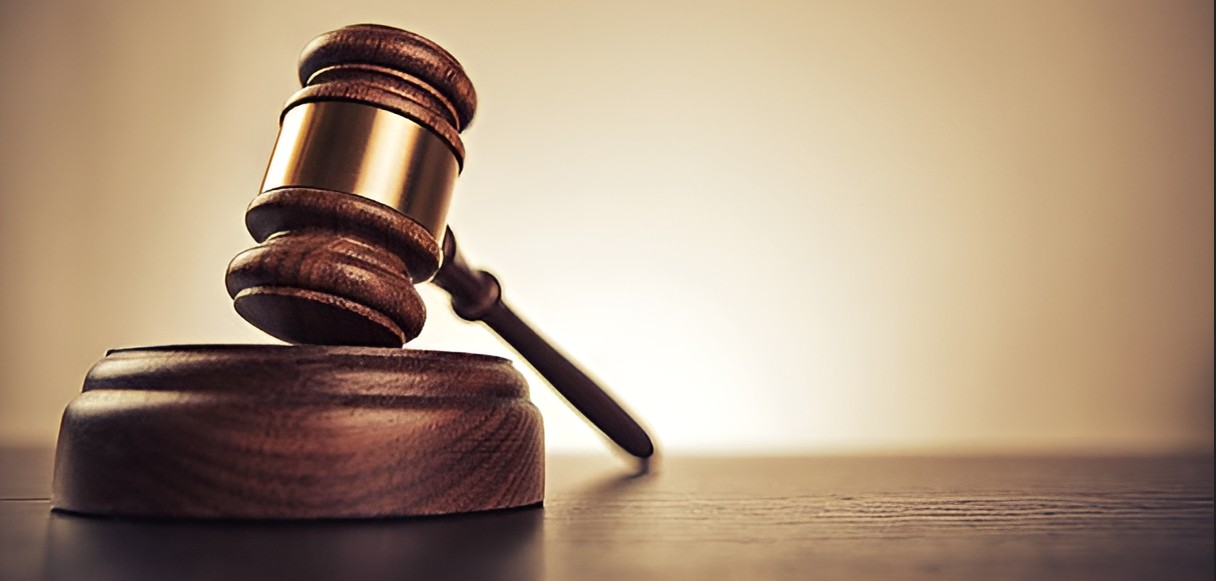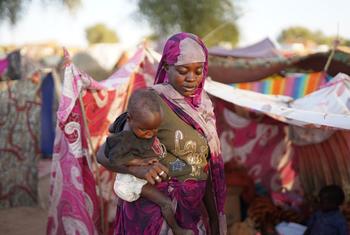Silent scourge of self-harm among children, teenagers

There is a concerning trend where children seem to be imitating behaviours from movies, leading to adopting harmful tendencies.
Nasibo, not her real name, is known in her community as a bright and curious student with a warm smile and much kindness. However, beneath her cheerful exterior, Nasibo carries a heavy burden she keeps hidden from everyone, including her mother, Fatuma.
Nasibo’s troubles began when her father passed away unexpectedly. The loss left a void in her heart, and she struggled to cope with the overwhelming grief. At school, she faced bullying from some classmates, who teased her about her father’s death. The combination of sadness and cruelty became too much for her young heart to bear.
More To Read
- Violence is a normal part of life for many young children: Study traces the mental health impacts
- When birth brings heartbreak: Mothers share their stories of children with deformities
- Explainer: As mental health challenges rise, here is what you need to know about antidepressants
- Mental health advocates call for community-based support as economic strain deepens
- How to talk to your kids about mental health
- Doctors Without Borders sounds alarm as mentally ill detained in South Sudan prisons
"When my father died, I did not know what to do next. I felt all alone since I was very close to him, and he seemed to be the only one who understood me. Bullying from my classmates exacerbated my confusion over losing my father. When a teacher would ask us to work on assignments with our dads, some of my classmates would start laughing, saying, "I have no dad to do the assignment with me," she said.
One afternoon, the mother, Fatuma, noticed that Nasibo had become increasingly withdrawn. She no longer played with her friends or enjoyed the things she once loved. Concerned, Fatuma tried to talk to her daughter, but Nasibo always assured her that she was fine.
“Nasibo was a very playful child; you would find her outside the house whenever she was free. However, I started noticing that she would spend more time in her room. I tried talking to her to find out if she was okay, but she kept saying she was fine. Being a teenager, you would assure her that she is fine and that she just needs her own space,” Nasibo's mother said.
One day, as Fatuma was doing laundry, she discovered bloodstains on Nasibo’s school uniform. Her heart pounded with fear. She approached Nasibo gently and asked what had happened.
Nasibo hesitated and pulled up her sleeve to reveal small, deliberate cuts on her arm. Nasibo then spoke about what she had been going through since her father's death.
“I didn’t know how else to make the pain go away. "I didn't tell Mom because I didn't want to burden her. I lost a father, but she also lost her husband, so I kept to myself, and because the pain was too much, I ended up cutting myself,” Nasibo said.
Determined to help her daughter, Fatuma took Nasibo to Isiolo General Hospital, where she went for counselling sessions that helped her learn to express her feelings and cope with her grief in healthier ways.
Suicide
Self-harm (or non-suicidal self-injury) is a deliberate, self-inflicted injury that does not result in a suicide attempt. The injuries are minor, moderate, or severe.
Sometimes self-harm can be lethal, leading to suicide attempts or death by suicide.
According to Dr Selline Okumu, a clinical psychologist at the Mathare National Teaching and Referral Hospital, there is a concerning trend where children seem to be imitating behaviours from movies, leading to adopting harmful tendencies.
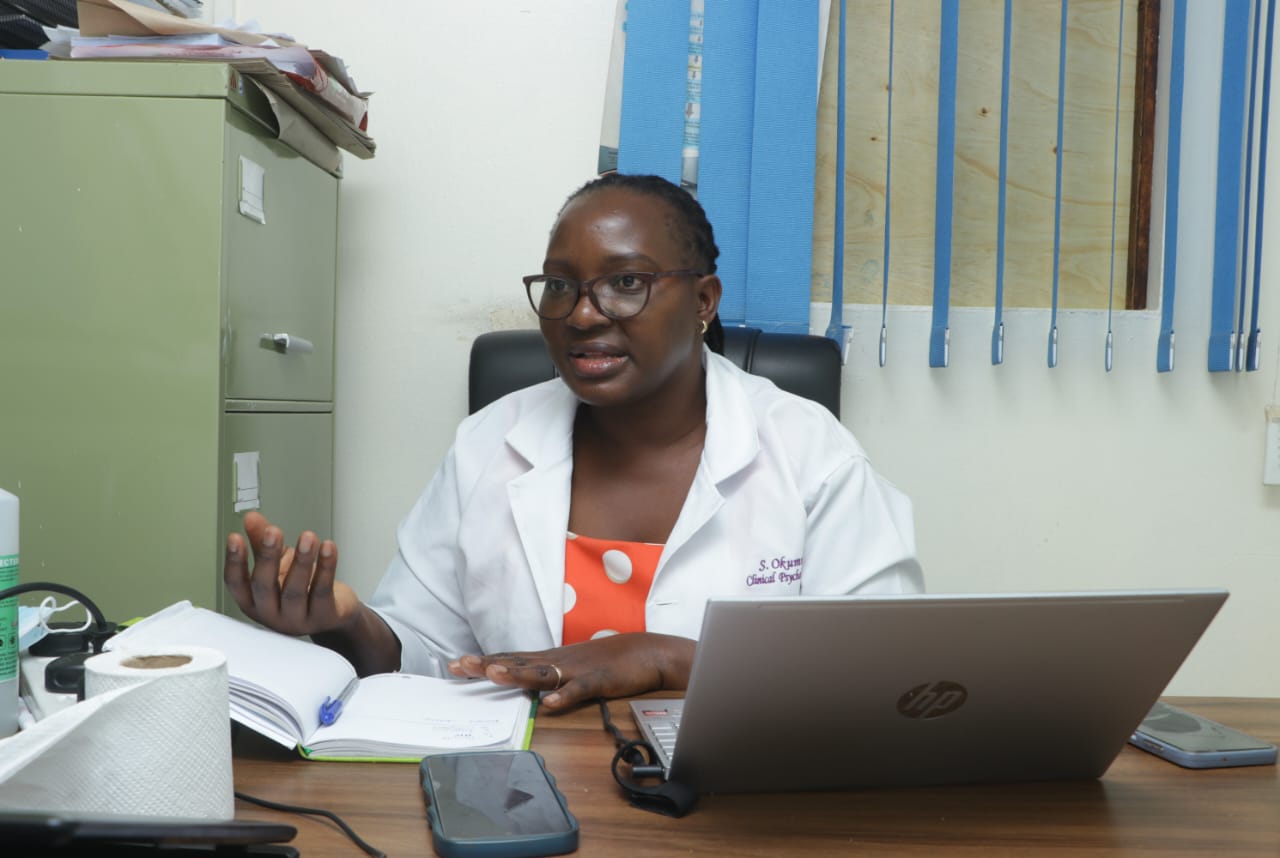 Dr Seline Okumu a Clinical Psychologist, Mathari National Teaching and Referral Hospital during an interview with Eastleigh on May 13 2024. (Photo: Justine Ondieki)
Dr Seline Okumu a Clinical Psychologist, Mathari National Teaching and Referral Hospital during an interview with Eastleigh on May 13 2024. (Photo: Justine Ondieki)
“Self-harm is often a manifestation of children hurting themselves without intending to end their lives; some do it as a coping mechanism. Some children's self-harm stems from feelings of guilt or a desire for attention. Others may engage in it as a response to feelings of failure," she said.
According to Dr Okumu, self-harm provides a sense of relief for some individuals from emotional pain. However, she observes that self-harm is typically not a deliberate suicide attempt; instead, it is often a cry for help or a coping strategy.
"We typically see two to three cases of self-harm per month at Mathare Hospital. Many children keep their struggles hidden from parents and teachers,” she added.
Dr Okumu stresses the importance of increased awareness and vigilance from carers and educators.
"Parents should be vigilant for recurring patterns like scars, fresh cuts, bruises, and frequent accidents," she advises. "Inspect your child's room regularly, and be aware of sharp objects like razors and compasses that could pose a danger."
Behavioural indicators
Dr Okumu identifies two key behavioural indicators among children who self-harm.
Firstly, many of these children wear baggy clothing, even in warm weather, as a way to conceal their scars. This subtle sign highlights the importance of parents being attentive to their children's clothing choices. Secondly, Dr. Okumu notes that withdrawal is a significant red flag, often accompanied by impulsivity, emotional instability, and negative statements about life. She emphasises the importance of seeking professional help when observing these signs.
She further urges parents to prioritise quality time with their children, fostering a strong bond and deeper understanding. "Be your child's closest confidant," she advises. "Regularly engage with their world by checking their room, understanding their friendships, and speaking their language."
By creating a supportive home environment, parents can help prevent self-harm.
Mathare Hospital currently hosts weekly clinics every Wednesday, catering to around 30 children and adolescents with diverse needs. These individuals, referred by schools, present with various challenges, including intellectual disabilities, mental health concerns, psychotic episodes, substance abuse, and conduct disorders, according to Dr. Okumu.
Dr Daisy Khaindi, a counselling psychologist at Convo Care Kenya, notes that many children who resort to self-harm have a background of childhood trauma. She observes that self-harm often emerges after extensive therapy, serving as a coping mechanism.
"A common myth is that individuals engage in self-harm solely for attention-seeking purposes. Parents must understand what this behaviour indicates underlying distress," she says.
Dr Daisy emphasises the importance of immediate parental assistance, ensuring access to treatment for self-inflicted wounds to prevent further infections and aid the healing journey.
 Dr Daisy Khaindi, a counselling psychologist at Convo Care Kenya(Photo: Handout)
Dr Daisy Khaindi, a counselling psychologist at Convo Care Kenya(Photo: Handout)
“A parent must provide immediate support for the child. Ensure that they have access to treatment for their self-inflicted wounds. It is essential to prevent further infections and aid their healing journey," Dr Daisy advises.
Unnoticed
According to the World Health Organisation, approximately one in every seven (14 per cent) adolescents aged 10–19 experience mental health problems, but these often go unnoticed and untreated.
Adolescents facing mental health challenges are particularly susceptible. Social exclusion, discrimination, and stigma can impede their progress and willingness to seek help. They may also encounter educational challenges, engage in risky behaviours, and suffer from physical health issues.
Adolescents suffer from emotional illnesses, the most common of which is anxiety. Anxiety disorders, defined as panic or excessive concern, are more common among older teenagers.
Compared to younger ones, an estimated 3.6 per cent of 10–14-year-olds and 4.6 per cent of 15–19-year-olds experience emotional illnesses. Depression is also significant affecting an estimated 1.1 per cent of adolescents aged 10–14 years and 2.8 per cent of those aged 15–19. Depression and anxiety often share similar symptoms, such as sudden mood changes.
Anxiety and depression can have a significant impact on school attendance and performance. Social withdrawal may aggravate feelings of isolation and loneliness, and in severe cases, depression can lead to suicidal thoughts
Mental health issues have faced enduring stigma, perpetuated by societal taboos and misconceptions. There's a widespread belief that seeking therapy may be perceived as a sign of personal weakness, but others are concerned that counselling infringes on their privacy.
However, parents need to consider professional counselling for their children. By doing so, they can help safeguard their children by promoting children's mental health and reducing any potential harm to untreated mental health challenges.
Top Stories Today
